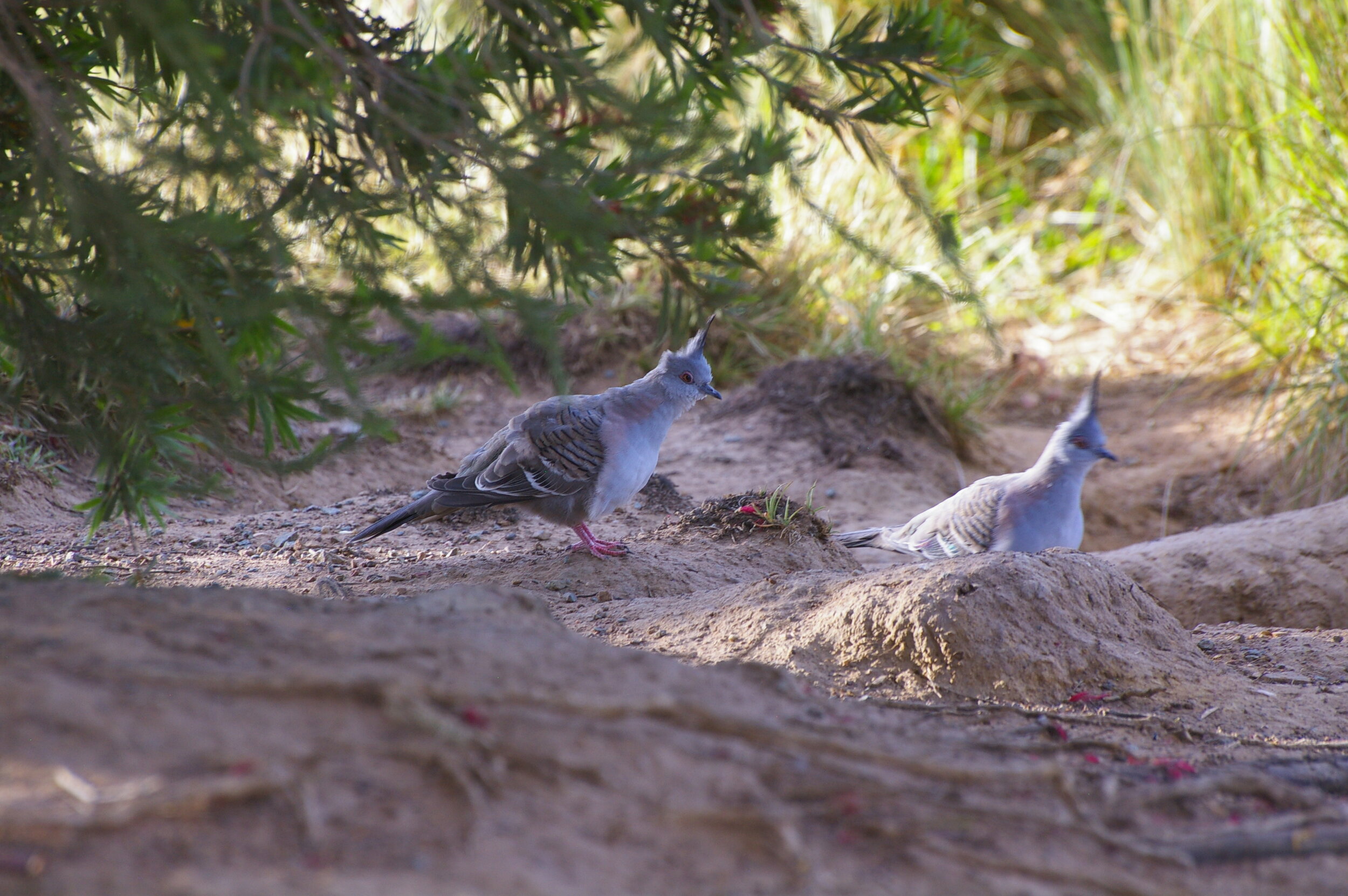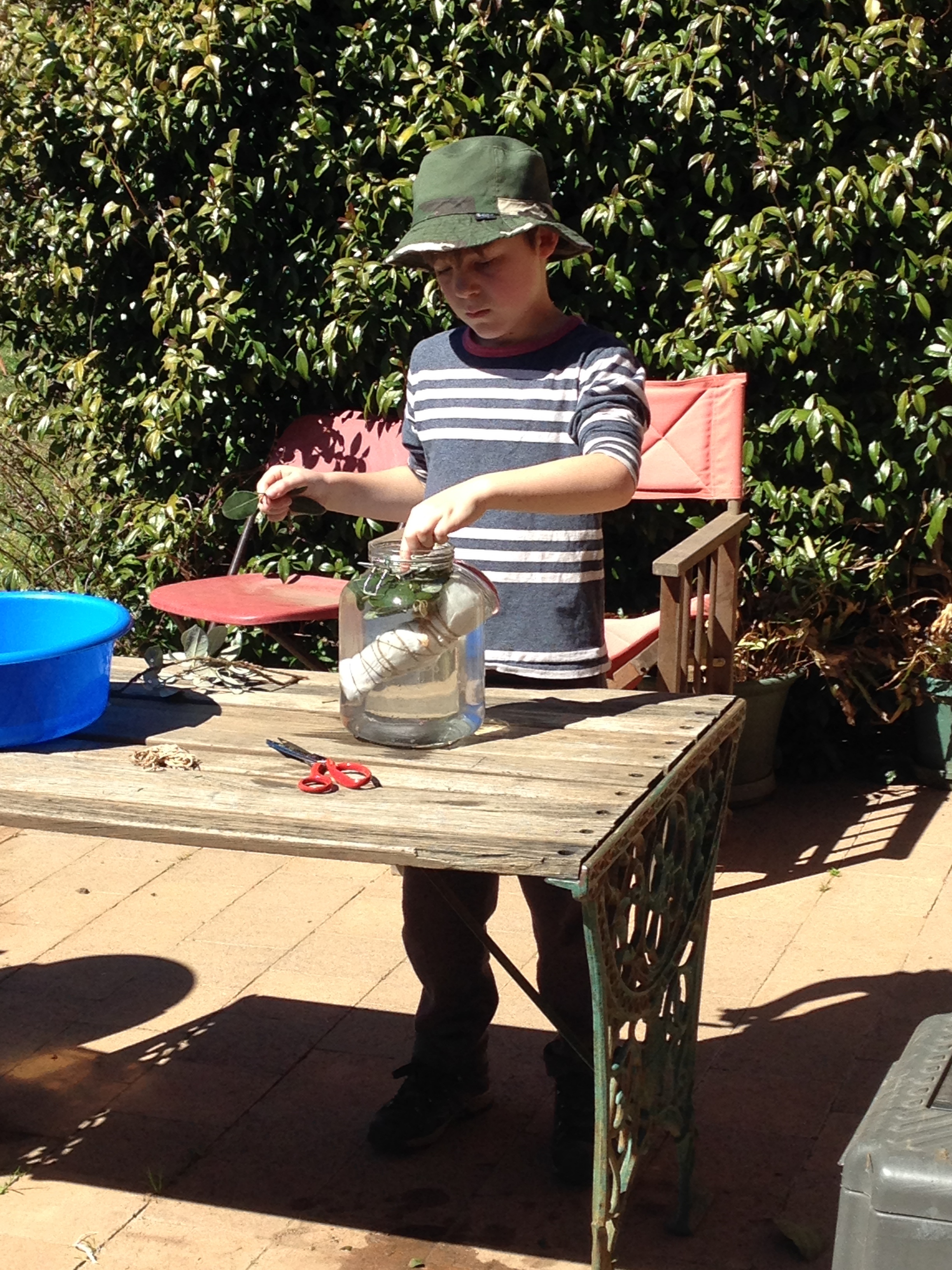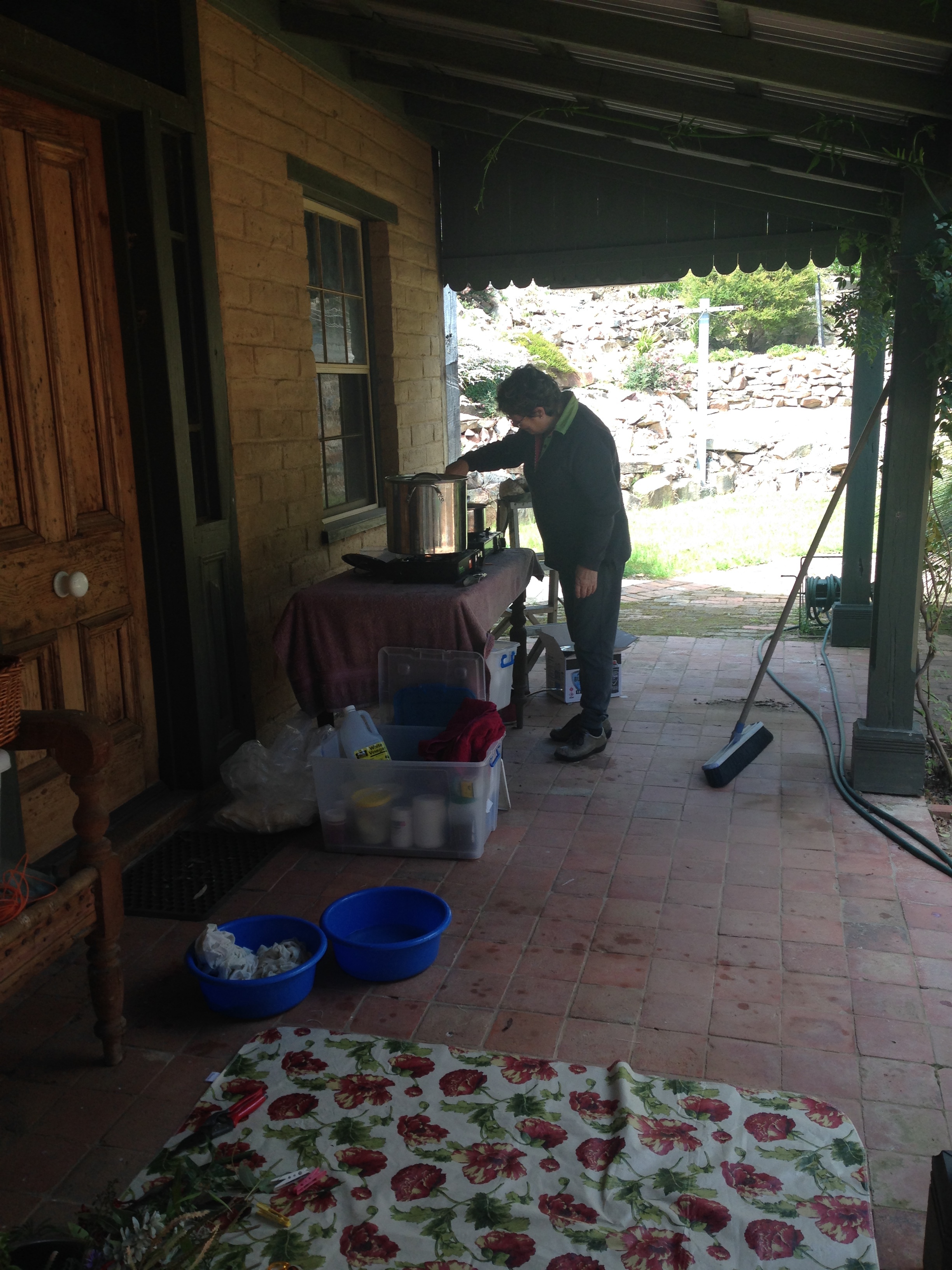It’s been a long time since I have blogged. I have been busy, I just forgot to share. Anyway here’s what I’ve been up to recently.
The National Australian Botanic gardens,
Botanic Art group 2019 exhibition
Toona ciliata, Australian Red Cedar
The 2019 exhibition was titled “More Than Just a Pretty Plant”. The group worked to the theme of useful plants. Meaning all the paintings must depict plants where the product of the plant ( eg fruit, leaves, sap,oil,bark, roots, etc) has a use either traditional, colonial or modern. I chose to paint Toona ciliata, Australian Red Cedar.
Highly prized for it’s timber, Red Cedar was used extensively in Australia and was referred to by the early settlers as '“red gold”. The first reference to an Australian timber appears in the journal of Lieutenant William Bradley in October 1788. The wood described is cedar, which he considered to be “a bastard kind of Mohogany…that makes tolerable good furniture.” Cedar became the most popular timber used in early Australian cabinet making.
I have a special attachment to this subtropical and deciduous tree as my Dad has collected, restored and polished furniture made of red cedar for as long as I can remember, and my partner continues to do the same. To this end it’s nice that my finished work has a little something of all of us. My Dad supplied an example of the species for me to photograph and draw, he has one growing in his garden. He also supplied some vintage red cedar. This cedar my partner hand planed then polished turning it into lengths of framing angle. Lucky as I am to work in a small framing store, I cut and joined the cedar into a frame for my own picture!
That’s mine in the middle.
Beechworth Botanica 2019
It was a pleasure to be part of Beechworth Botanica again in April of 2019. The show is run biannually and this is the second Beechworth Botanica.
Eucalyptus leucoxylon
Crowea saligna
Smoke coming over Mt Majura at the back of my house.
Late 2019
The National Australian Botanic Gardens, Botanic Art Group wildlife Art show opened at the gardens in mid December 2019, Australia had already been dealing with Bushfires for months. It was late December that it started to really effect Canberra. Our air quality plummeted to the worst in the world and visibility was poor, people either escaped somewhere else or hulled up at home trying to escape the smoke and extreme temperatures. My parents farm came under threat on New Years eve. The tiny Victorian town of Walwa, 5Km away from their farmhouse was evacuated. They chose to stay and defend the property. Three fire fronts and many sleepless nights later they emerged so very lucky. The fire burnt to their back paddock fence post and no further.
Fires around Australia continued throughout January, then fire broke out in the ACT itself burning much of Namadgi national park. Suffice to say our exhibition did not go well with the Gardens having to close for much of the time and nobody out and about.
Acanthorhynchus tenuirostus, Eastern Spinebill
Vombatus ursinus, Wombat
Merops ornatus, Rainbow Beeater
Linchenostomus penicillatus, White Plumed Honeyeater
Thopha saccata, Cicada, Double Drummer
A new decade, a new way of living.
We had barely begun to breathe again after the fires were out in March of 2020, when the world changed so quickly that we are all still trying to catch up. No longer was it something happening in far flung places, it was happening there and on our doorstep and collectively all over the world!
COVID19 has given us whiplash and a state of suspended animation at the same time. At least that’s how I feel.
From my personal perspective things have changed a little. My partner must work from home now and the schools have been closed for two weeks. I work a few less hours at the Framing and Art supplies store and we aren’t sure how much longer that will last. Taking the days as they come.
All exhibitions are cancelled or postponed. I was preparing for a teaching workshop at the Canberra NatureLab on June 20th- 21st. You can still check it out on their website but at this stage I don’t know when or if it will happen.
https://natureartlab.com.au/collections/workshops
We are in Lockdown. I notice how quite it is with the reduced traffic noise, and I have been lucky with the visitors to my backyard and nearby wetland, of the non -human variety of course! Plenty of inspiration for future work!
Another bright side; I get to spend a bit of time with my son and we have had rain! So much it’s lovely and green. Also my partner this very day has managed to buy toilet paper!!



















































